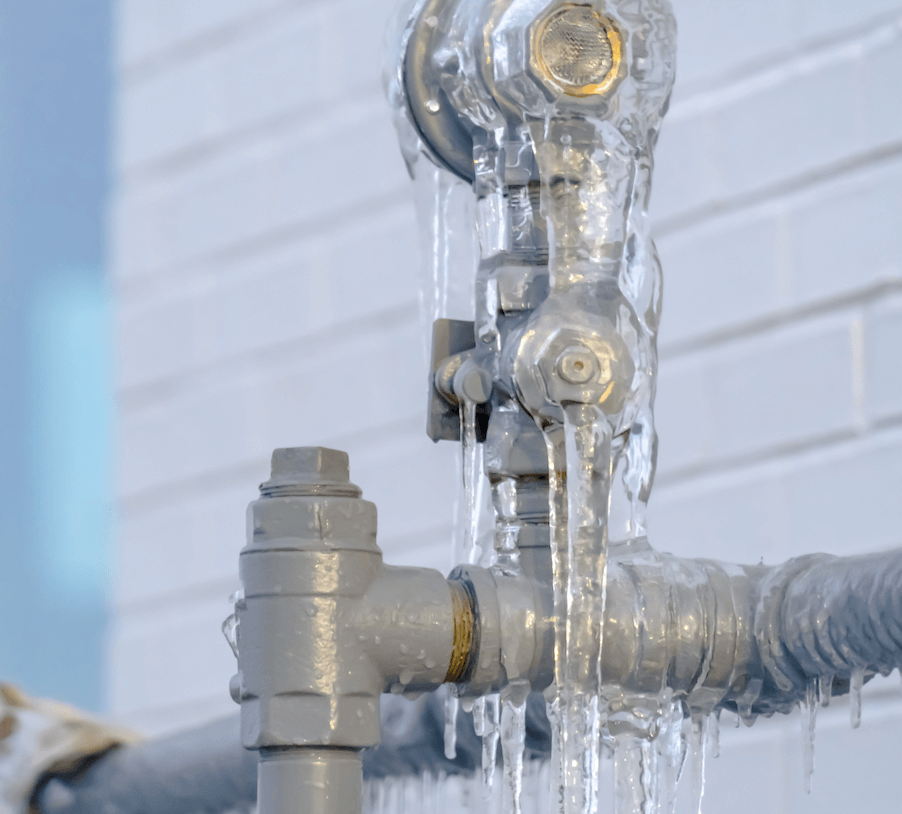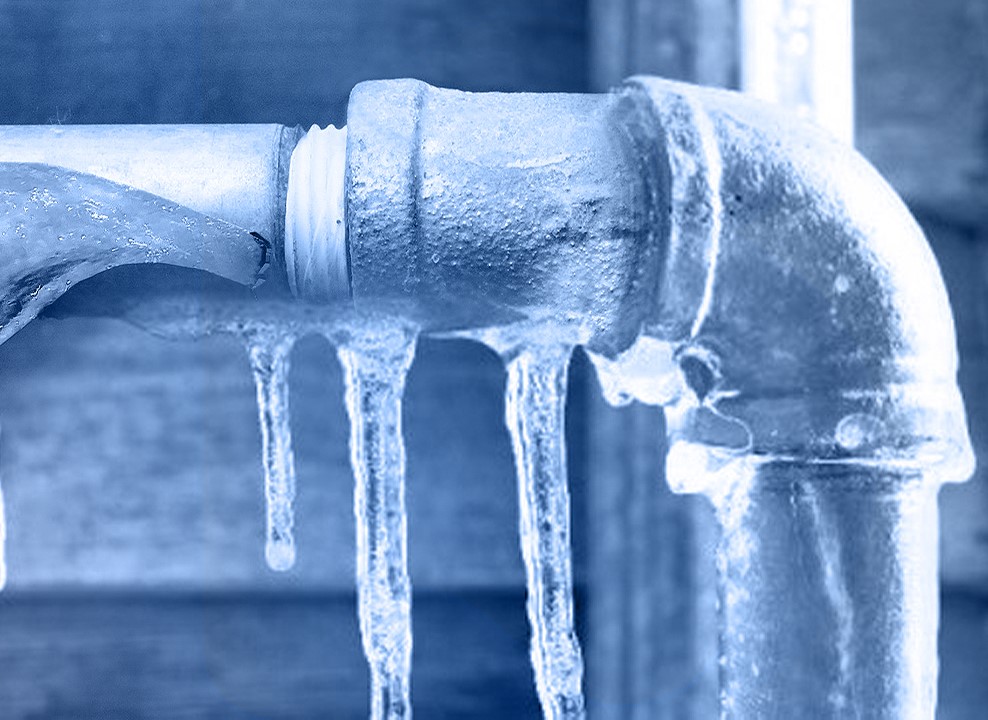Tips to Maintain Your Pipes from Freezing Damage: Essential Advice
Tips to Maintain Your Pipes from Freezing Damage: Essential Advice
Blog Article
Are you searching for resources around Preventing and dealing with frozen pipes?

Winter can ruin your pipes, specifically by freezing pipes. Here's how to stop it from taking place and what to do if it does.
Intro
As temperatures drop, the risk of icy pipes increases, possibly bring about expensive repair work and water damages. Understanding how to prevent frozen pipes is crucial for house owners in cold climates.
Recognizing Frozen Pipelines
What triggers pipelines to freeze?
Pipelines ice up when subjected to temperature levels listed below 32 ° F (0 ° C) for extended periods. As water inside the pipelines ices up, it broadens, taxing the pipeline walls and possibly creating them to break.
Risks and damages
Icy pipes can result in water interruptions, property damages, and pricey repairs. Ruptured pipelines can flooding homes and create considerable structural damages.
Indicators of Frozen Pipeline
Identifying icy pipes early can prevent them from breaking.
Exactly how to determine icy pipes
Search for lowered water flow from faucets, unusual odors or noises from pipes, and noticeable frost on revealed pipelines.
Avoidance Tips
Protecting at risk pipes
Cover pipelines in insulation sleeves or utilize warmth tape to safeguard them from freezing temperature levels. Focus on pipelines in unheated or exterior areas of the home.
Home heating techniques
Maintain indoor areas sufficiently heated up, specifically locations with plumbing. Open cupboard doors to permit cozy air to circulate around pipes under sinks.
Securing Outdoor Pipes
Yard hose pipes and outside taps
Separate and drain garden pipes prior to winter. Set up frost-proof spigots or cover outdoor faucets with insulated caps.
What to Do If Your Pipelines Freeze
Immediate activities to take
If you think frozen pipes, keep faucets open up to alleviate pressure as the ice thaws. Use a hairdryer or towels soaked in warm water to thaw pipes slowly.
Long-Term Solutions
Architectural changes
Take into consideration rerouting pipelines far from exterior wall surfaces or unheated areas. Include additional insulation to attic rooms, cellars, and crawl spaces.
Upgrading insulation
Invest in high-grade insulation for pipelines, attic rooms, and walls. Appropriate insulation helps maintain constant temperatures and decreases the danger of icy pipelines.
Conclusion
Avoiding icy pipes requires aggressive measures and fast responses. By recognizing the causes, signs, and preventive measures, property owners can shield their plumbing during winter.
5 Ways to Prevent Frozen Pipes
Drain Outdoor Faucets and Disconnect Hoses
First, close the shut-off valve that controls the flow of water in the pipe to your outdoor faucet. Then, head outside to disconnect and drain your hose and open the outdoor faucet to allow the water to completely drain out of the line. Turn off the faucet when done. Finally, head back to the shut-off valve and drain the remaining water inside the pipe into a bucket or container. Additionally, if you have a home irrigation system, you should consider hiring an expert to clear the system of water each year.
Insulate Pipes
One of the best and most cost-effective methods for preventing frozen water pipes is to wrap your pipes with insulation. This is especially important for areas in your home that aren’t exposed to heat, such as an attic. We suggest using foam sleeves, which can typically be found at your local hardware store.
Keep Heat Running at 65
Your pipes are located inside your walls, and the temperature there is much colder than the rest of the house. To prevent your pipes from freezing, The Insurance Information Institute suggests that you keep your home heated to at least 65 degrees, even when traveling. You may want to invest in smart devices that can keep an eye on the temperature in your home while you’re away.
Leave Water Dripping
Moving water — even a small trickle — can prevent ice from forming inside your pipes. When freezing temps are imminent, start a drip of water from all faucets that serve exposed pipes. Leaving a few faucets running will also help relieve pressure inside the pipes and help prevent a rupture if the water inside freezes.
Open Cupboard Doors
Warm your kitchen and bathroom pipes by opening cupboards and vanities. You should also leave your interior doors ajar to help warm air circulate evenly throughout your home.

I'm very interested by Winter Plumbing Precautions: Preventing Frozen Pipes and I really hope you enjoyed reading the new blog posting. In case you enjoyed our blog post plz do not forget to share it. We recognize the value of your readership.
Call Today Report this page